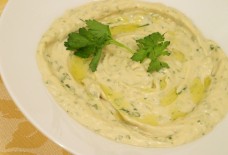6 Best Arab Graphic Novels You Must Read Before You Get Old

By: Menal Elmaliki / Arab America Contributing Writer
1. The Apartment in Bab El-Louk
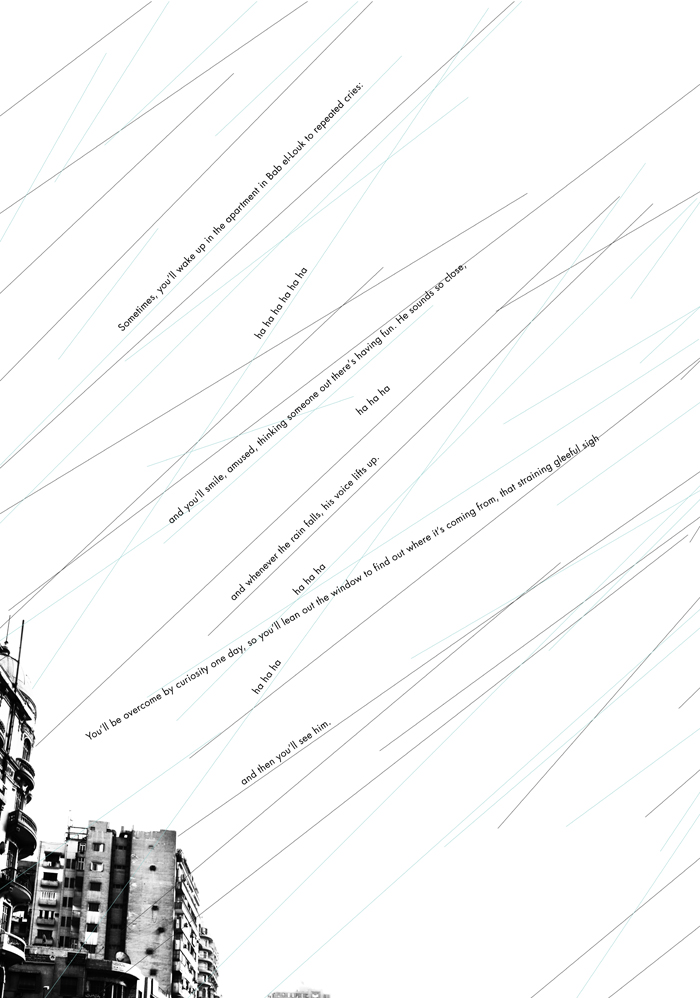
“How similar yet different we all are.”
A blue door graces the front cover of the graphic novel, The Apartment in Bab el-Louk, written by Donia Maher and illustrated by Ganzeer. It earned the title the’ noir of Arab graphic novels.’ The novel has been described as a “fabulous noir poem,” and it is unique because it doesn’t fit any narrative styles or genre norms (?). The artist chose to focus more on art and on little details, the glossy pages of the novel features aesthetic portraits of everyday Cairo.
“In just 84 pages, downtown Cairo comes to life in all its messy glory.” (Bookblast).
The novel is revealing it gives readers an intimate look inside apartment Bab el-Louk. Right in the middle of Downtown Cairo where one can easily forget each other, caught in the bustle and roaring of the busy city there is a stillness in each apartment, a recluse from the outside world (a refugee from the outside).
As readers flip through the pages of the novel, they are introduced to a new apartment with new strangers (each page is a new apartment with new strangers) and get an inside look on their private world. It almost feels like prying. The intimacy is meant to offer a new perspective that despite our close proximity we are world apart. The apartments are personal and each item is an expression of the resident’s character, personality. and life experiences. Though the items are the same, every person that uses it is different and has their own unique story. The novel is a reminder of how we tend to forget that those around us are like us, they are human too.
Surprisingly, the novel was published as an experiment and won the Kahil Award for Best Graphic Novel in 2015. The novel is an immersive experience as the beauty of Cairo is presented to readers on glossy pages and aesthetic portraits, exploring the city’s richness, from the rich to the poor, to the young and the old.
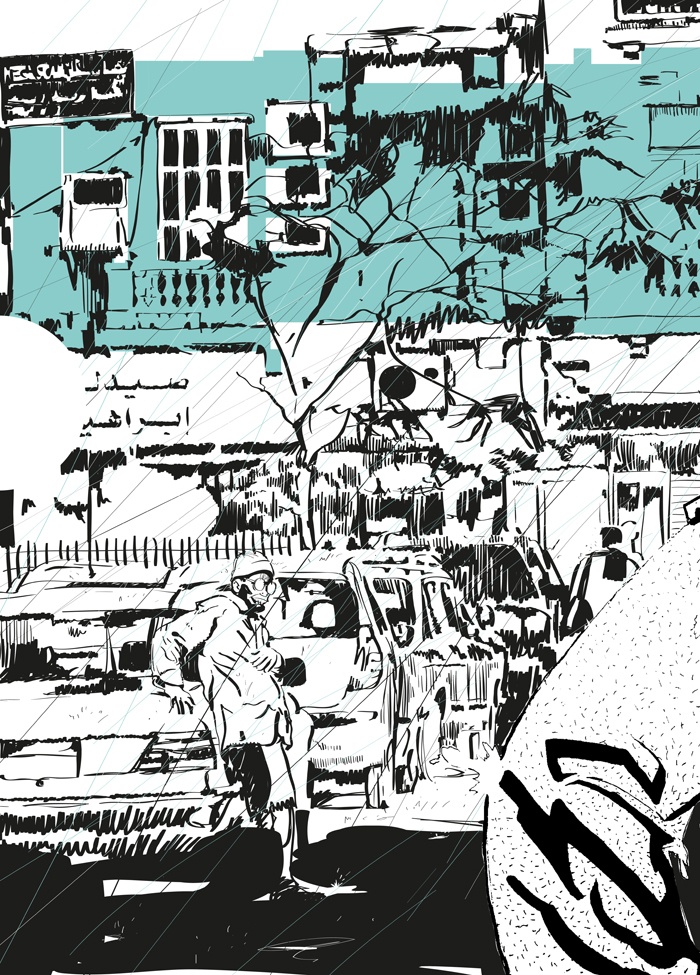
2. The Unwanted: Stories of the Syrian Refugees
How does it feel to be unwanted, to have no home or future, nowhere to turn to? Syrian refugees are caught between two harsh realities, having no home and feeling like they don’t belong. The novel is a must read its as if you are walking in their shoes. After escaping war and losing everything Syrians must deal with the mental and physical toll of war. There is the mental strain of invisibility, being casted aside and ignored, feeling unwanted, and having been forced to leave their home, combined with the physical toll of fleeing day to day, traveling long distances, starving, suffering from sleep deprivation and exhaustion. These are some examples they had to deal with, having travelled from their turmoiled home to a safer one. Where can Syrian Refugees go to for help if no one wants to offer a lending hand.
This graphic novel was published in 2018, at the height of the Syrian refugee crisis. Syrians at the time were dealing with the world turning their backs on them, at first they were welcomed with open arms but the problems of overpopulation, funding, resources and a growing resentment of natives dealing with a never-ending flood of people overtook the beginning sentiments of compassion, and willingness to help. Europeans and North Americans were blinded by fear and politics and the resentment and hostility began to bubble towards Syrian refugees in their homeland. Slowly refugees began to feel unwanted and like a problem.
The graphic novel is a gold mine because it is “shining a light on the stories of the survivors,” they are more than refugees but humans. The readers are given an intimate look on how does it feel to be a refugee, especially a Syrian refugee at the height of global media attention, and an ever- growing hate.

3. Where to, Marie?
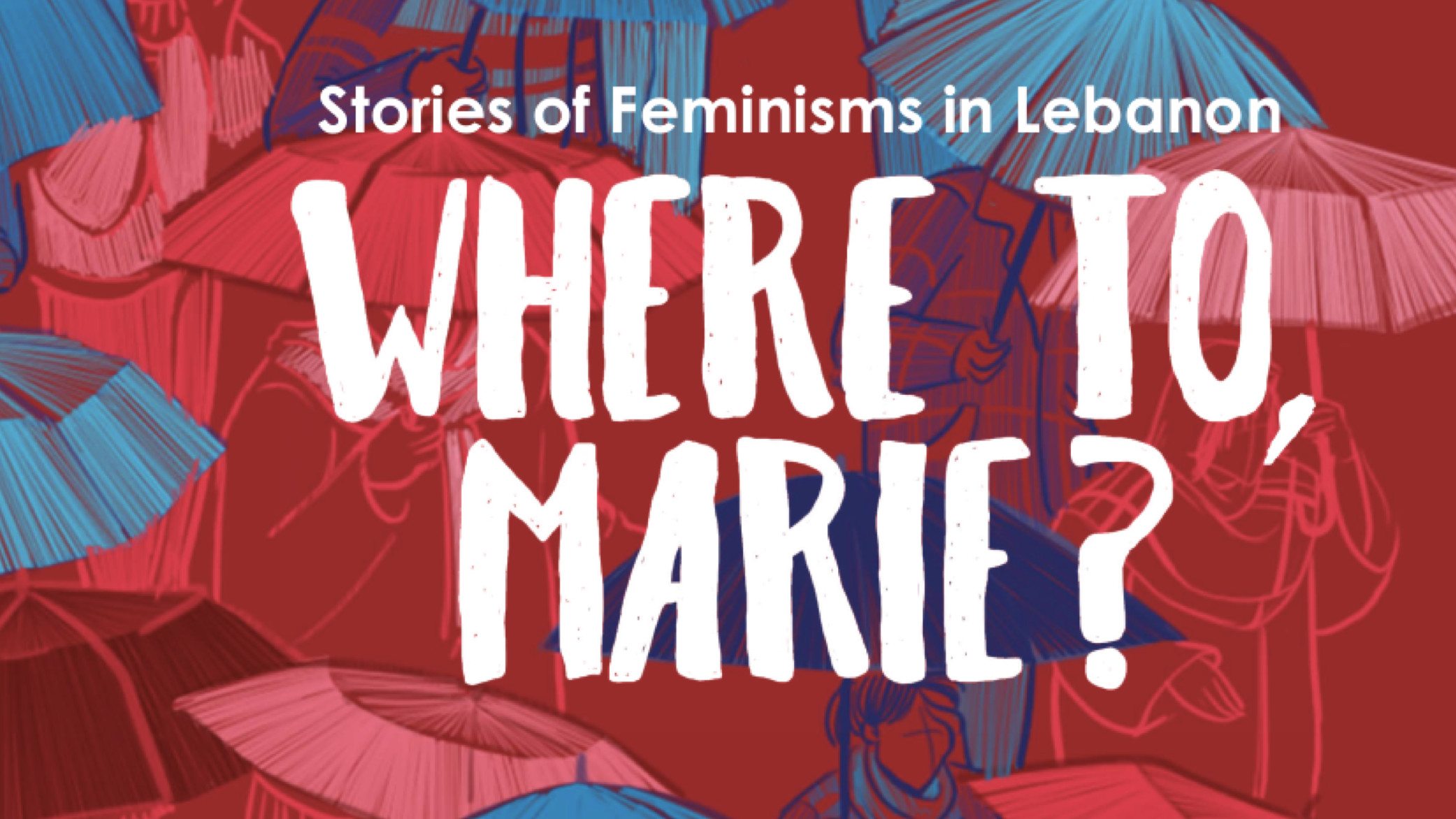
This graphic novel is a must-read, it stresses an important topic of women in Lebanon and their plight against sexism and fight for equality. The women in the novel are not in favor of westernization but to be liberated in their own way, to be liberated the Lebanese way. They yearn to be free of sexism but without losing their Arab identity claiming that feminism is not a western ideology, but is “indigenous to Arab society.”
The stories are refreshing and it is a new perspective on the plight of women, not what we think Arab women go through, but what they actually go through. The novel focuses on the life of the stories of 5 fictional characters and the stories are based on research done between 2010- 2015, a collection of personal stories of Lebanese women from different generations.
The novel also offers a fresh perspective on the Lebanese civil war and its effect on women. The novel is intense as it is aesthetic, showing the real complexity of issues told by women and not men. Each woman offers a unique perspective on what’s it like being a female in Lebanon as they share their values, perceptions on Lebanese society and their opinion on Arab norms, culture, and customs.
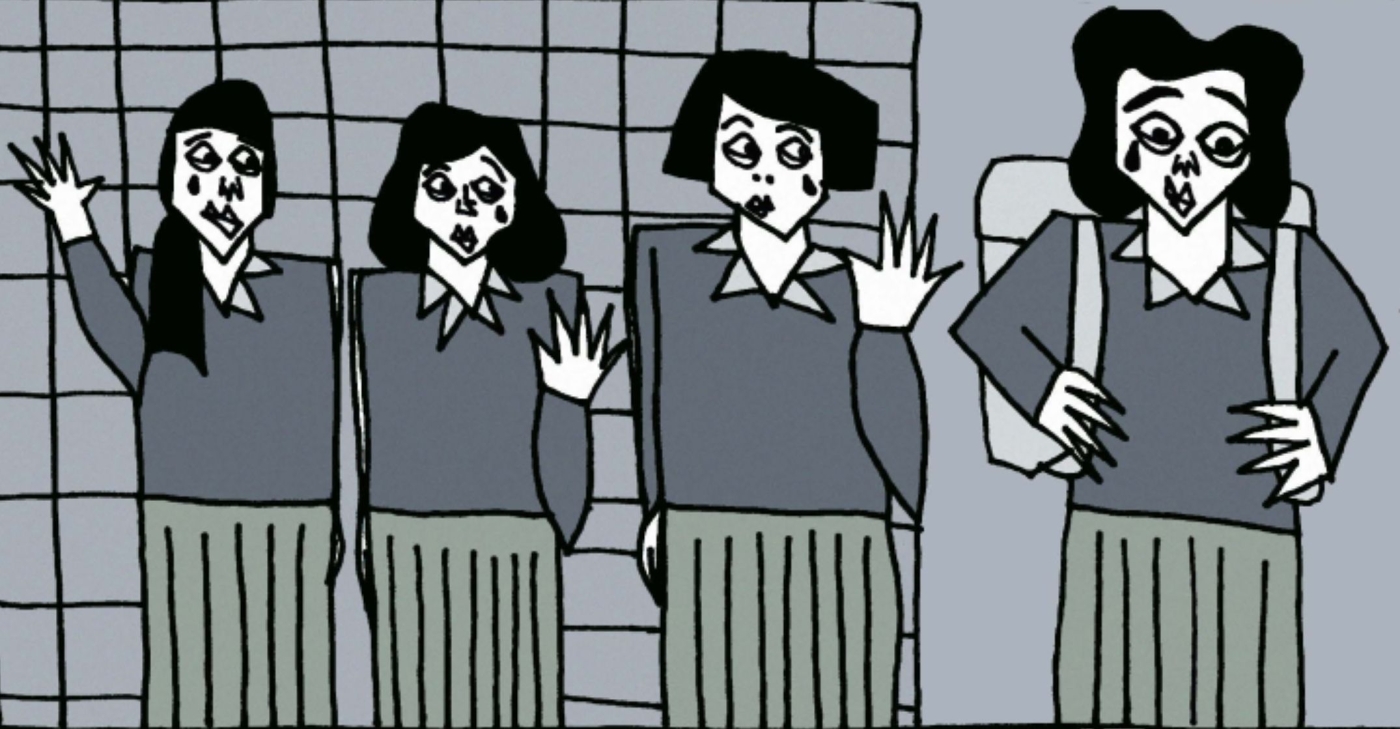
4. Only in Dubai: An Essential Guide to the Emirate’s Expats

The graphic novel Only in Dubai: An Essential Guide to the Emirate’s Expats, sheds light on the life for expiates living in Dubai. There is more to Dubai than meets the eye, it is more than its luxury, it is more about its people, culture, and different way of living. Each expat shares their personal story of what its like living in this man-made desert city. The novel entertains its audience with different experiences, expats who love Dubai and those that don’t and it is twenty chapters of pure bliss, comedy and authenticity.
5. Poppies of Iraq

Poppies of Iraq, is a graphic novel detailing the life of an orthodox Christian family growing up in Saddam era Iraq. This graphic novel is an intimate account, offering sparing details of the main character’s childhood and what it was like living as a Christian in Iraq. The main character illuminates the readers on everyday life, from its cultural practices, education system, to its treatment of Orthodox Christians. Saddam’s regime, becoming oppressive over time, changed the life for not only her and her family but millions as the country shifted from a secular country with years of peaceful co-existence between faiths and peoples, to a country riddled with sectarian fighting. With Iraq’s stability falling down the rabbit hole and worsening as separatist fighters are hung in public, she is forced her family to leave with her family.
After her family escape to Paris, author Brigitte feels lost and she feeling like she doesn’t belong in Paris. Having feeling estranged in her homeland and not feeling like she belongs in her new land, she is forced to find meaning in a home that is not her own.
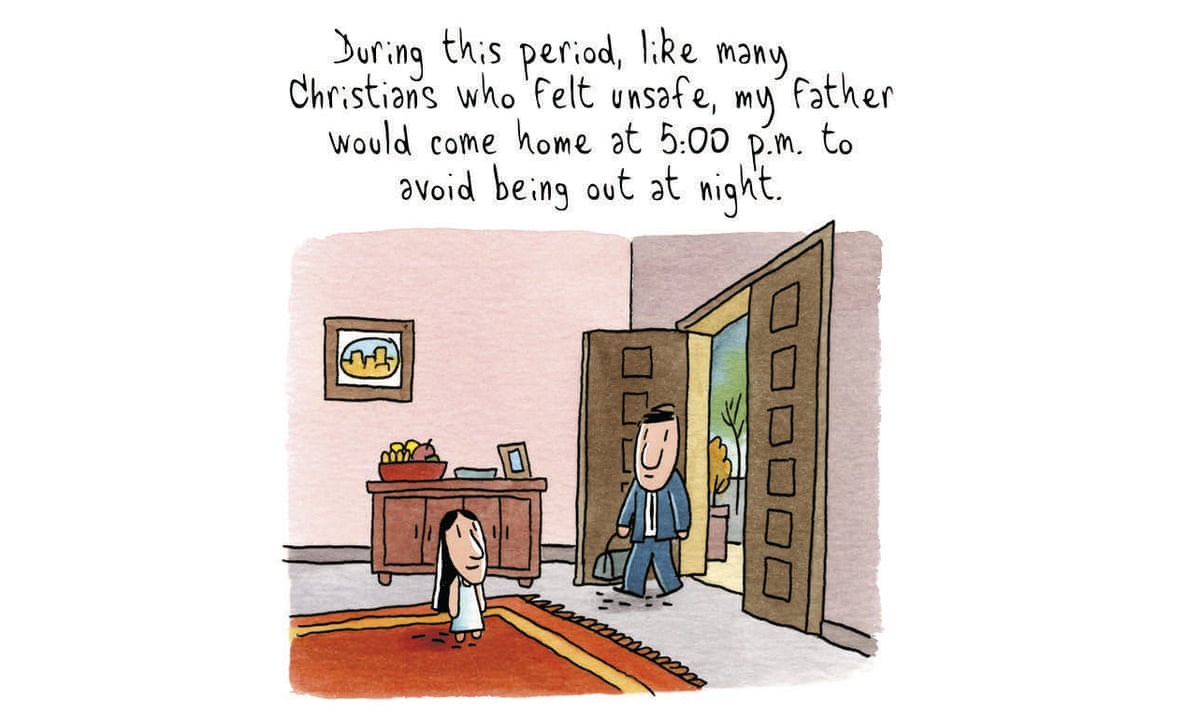
6. The Arab of the Future, L’Arabe du futur

The Arab of the Future, L’Arabe du futur, is an award-winning graphic novel written and drawn by French- Syrian Riad Sattoufm. It is a memoire, (detailed narrative of life under Arab dictators),, an intimate illustration of Sattouf’s childhood to his adult life, 1970s-1990s. Having grown up in France, Libya, and Syria he recounts the feelings he had from each country.
His father calls him Arab of the future, raising his son with ideals in hopes of becoming a better Arab. In his childhood, he travels from Syria, to Libya, to France, and back again to Syria. He must deal with the frustrations of being half white and half Syrian; him being a kid with blonde hair gets him bullied by other children. Throughout his personal journey, he grew up with two clashing ideals, French secular ones and Arab conservatism. He witnessed first hand the oppression of people from authoritarian governments.
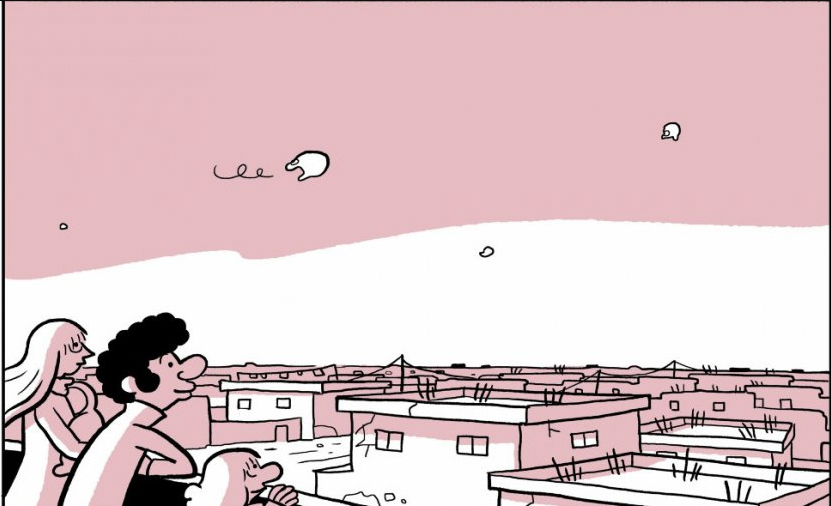
Throughout the novel, symbolism is pertinent, and the author uses colors to represent meaning. The color red symbolizes anything dangerous or violent, and any speech that is loud. Non-verbal noises are green. What is odd is certain countries mean specific colors, France is blue, Libya is yellow, Syria is pink.

The graphic novel has garnered international attention and has been translated into sixteen languages. The book focuses on his father, his change from an idealist to authoritarian, and his changing perception from young Sattouf to older Sattouf. The novel is a journey of how life’s event has shifted his perception and ideals.
Check out Arab America’s blog here!



